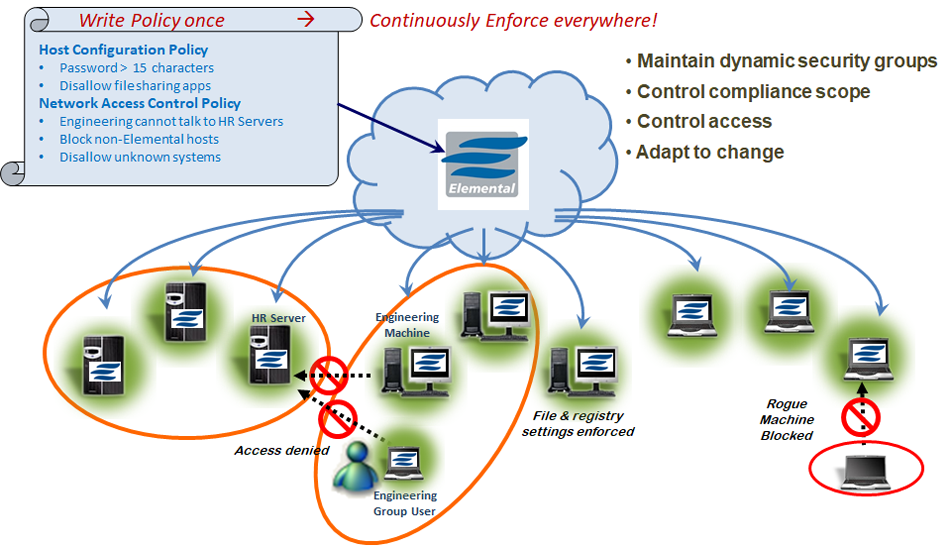Mictosegmentation For Virtual Server


What is Micro-Segmentation?
Micro-segmentation is a network security technique that enables security architects to logically segment a data center into various security segments down to the individual workload level and define security controls to service each individual segment. Microsegmentation allows IT to deploy flexible security policies deep within the data center using network virtualization technology, rather than installing multiple physical firewalls. Additionally, you can use microsegmentation to protect all virtual machines (VMs) on your corporate network with policy-driven, application-level security controls. Because security policies are applied to individual workloads, microsegmentation software can greatly improve an organization's resilience to attacks.
Micro-Segmentation Definition
Micro-segmentation software program makes use of community virtualization era to create an increasing number of granular stable zones in records facilities and cloud deployments, which isolate every person workload and stable it separately.
How Does Micro-Segmentation Help in Networking?
Micro-segmentation aids connectivity by creating “demilitarized zones” for security within and between data centers. By associating fine-grained security policies with individual workloads, microsegmentation software limits the ability of attackers to move laterally through the data center, even after compromising perimeter defenses. This means you can eliminate threats between servers in your datacenter, securely isolate networks from each other, and reduce the overall attack surface of network security incidents.


